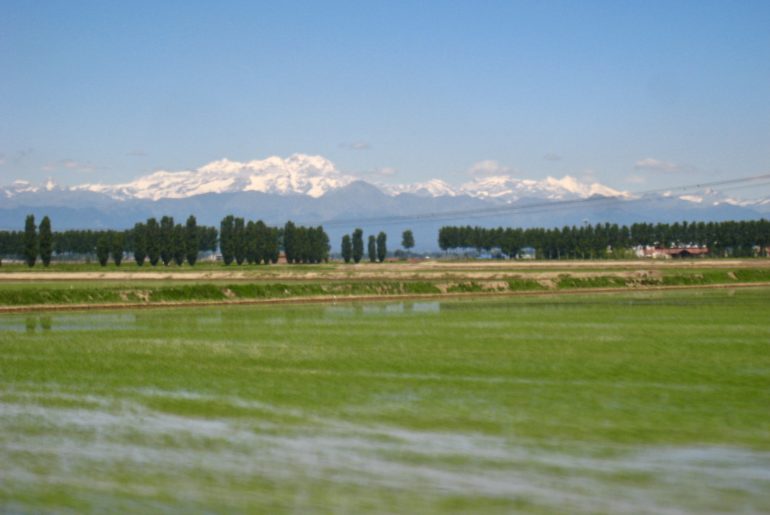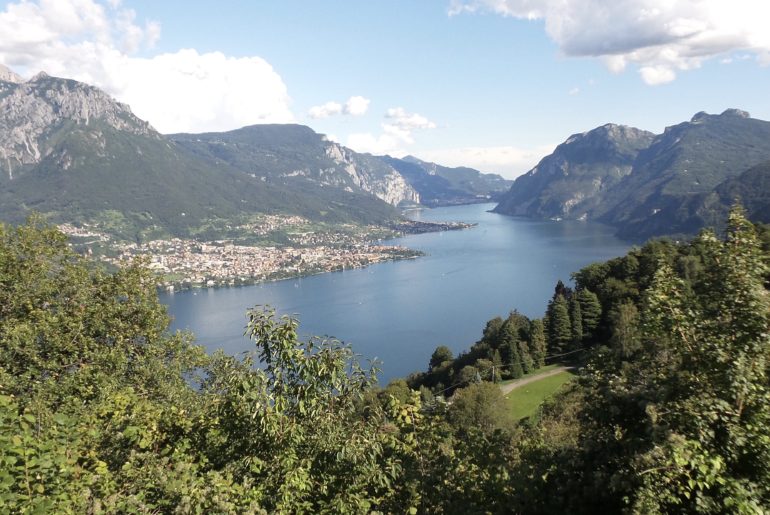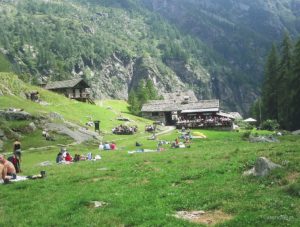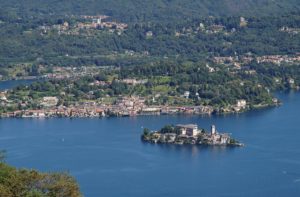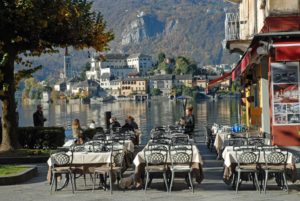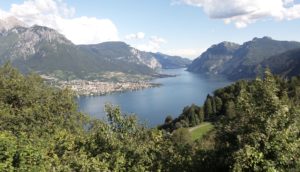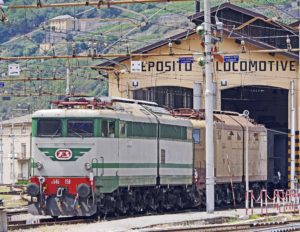You’ve seen thousands of photos of Italy and its rolling hills covered in rows of vines and narrow roads serpentining through vineyards. You’ve marvelled at hilltop medieval towns overlooking olive trees and you have definitely tasted both olive oil and wine. Although you may even have had the chance to enjoy a plate of risotto, you’ve probably never really wondered where the rice came from.
Rice… the Underminded Cereal
Italy not only produces rice for its traditional dishes, but is the number one producer and exporter in Europe. Ironically, they even export it to…China. The majority of the rice production in Italy is divided amongst three provinces in the north. Vercelli, Pavia and Novara.
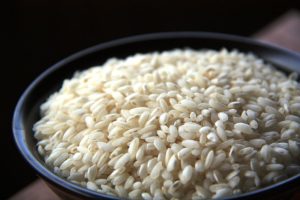
Rice grows in flat areas, therefore over the years these provinces have seen an increase of interest by tourists to visit and explore these plains. Easy walking and cycling tours have dramatically increased, and honestly there is nothing more relaxing and educational than to do just that. Many of these 16th, 17th and 18th century majestic farms, or cascine as they are known, are to this day still functioning. Visitors can enjoy hours exploring the history and relax in the fresh air.
Restored Farms Brought Back to Life
In recent years, many more cascine have been restored to bring out their natural beauty. Up until the middle of the last century, hundreds of people would work in one of these cascine. They were located far from the towns (at least in those days it seemed far) and needed to be self-sufficient. This meant having their own bakeries, butchers, blacksmiths, tailors and of course churches. Although these cascine were essentially working villages, art and creativity and decor weren’t overlooked while building them. They were also fortress-like and during the night time its gates would be closed to keep any undesirables out.
Affreschi, Tapestries, and Sculptures
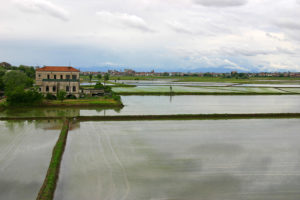
Some of the most beautiful architecture can be found on these farms. Nowadays, walking or cycling along these roads and paths of the rice paddies gives you a great opportunity to view how things were three or four hundred years ago. Working in these fields was exceptionally hard work that both men and women shared equally. Women, aside from doing the traditional jobs of maintaining the household, were also very active as mondine, planting the rice and harvesting it. Now these risaie, (rice paddies) still exist, but there is only a dozen or so people needed to continue producing rice. Modernization in the sixties and later slowly eliminated the thousands of jobs that this industry employed. Nowadays, production has increased, but manpower has dwindled.
Sanctuaries Among the Rice Fields
These fields have also become sanctuaries for birds, pheasants, wild rabbits and other small animals. Many farms have donated land to wildlife sanctuaries and these co-exist with the farmers that still cultivate rice.
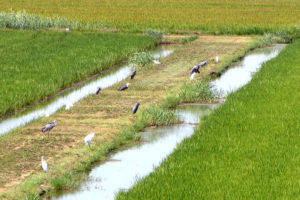
- Nowadays with the use of cars these risaie are not as so far away from bigger centres or towns. Reaching them is hardly a trek. Bike and hike trails are mostly paved, making a self-guided tour a pleasant addition to any trip to Italy.
5 Things You Probably Never Knew About Rice in Italy
- The provinces of Novara and Vercelli are in the Piemonte region and the province of Pavia is in Lombardia. All are easily accessible by train and/or car. Milano Malpensa Airport is less than 90 kilometres from any of these three provinces.
- The very famous types of rice grown in these areas are Arborio and Carnaroli. These kinds are ideal for the traditional dishes such as risotto or paniscia.
- In the town of Casalbeltrame in the province of Novara, there is a superb museum. L’ Civel, http://www.casalbeltrameonline.it/ recreates the old traditional ways these risaie worked. You can walk through the guided tour (in English) and listen to the songs the mondine would be singing while harvesting in the paddies. You can see the equipment and tools that were used, and re-live their methods of harvesting the rice from over 120 years ago. For this small town of less than a thousand habitants, this museum is truly a hidden gem. And since touring brings an appetite, I would recommend stopping at the trattoria which has the same name and enjoying a wonderful plate of paniscia.
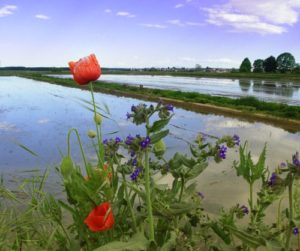
- Rice seeds are planted in the spring and harvested in September or October. During the spring and summer, the paddies are full of water and the rice “plant” grows up to one and half metres or five feet tall. Once harvested, it is brought in to dry and aged. Aging increases the starch in the rice and makes for better cooking.
- Italians and Italian dishes never use rice as a side dish. It is always served as a primo piatto (first course), such as risotto, which is usually reserved for starchy dishes. My personal favourites are Risotto allo Champagne or Risotto con Porcini (mushrooms).
Since these beautiful farms are more easily accessible if have a car, I recommend you to read my post 3 Things to Know About Driving in Italy, to have a better understaning on what drives Italians…
“Til then…Buon viaggio.
Are you travelling to Italy and are interested in my assistance, or would like to comment on my post? Just drop a line below or contact me privately at info@italiabound.com.


